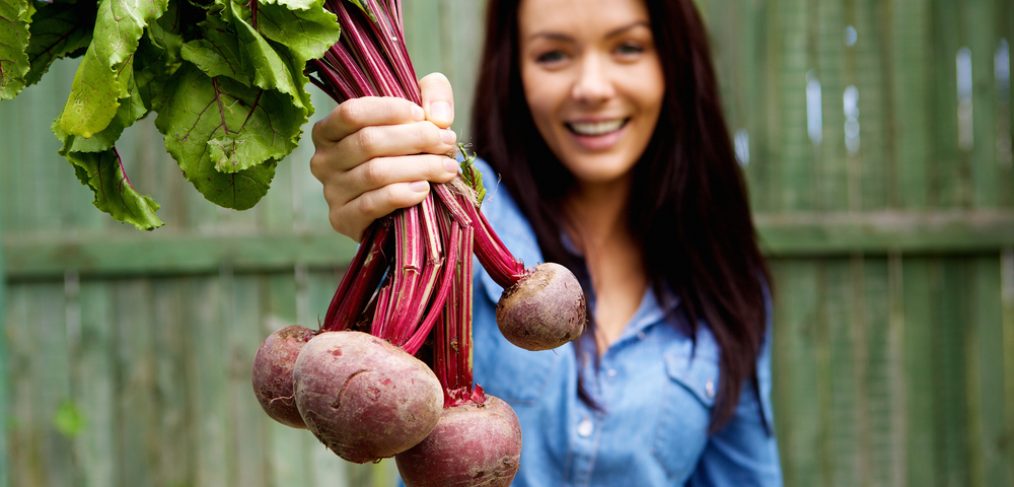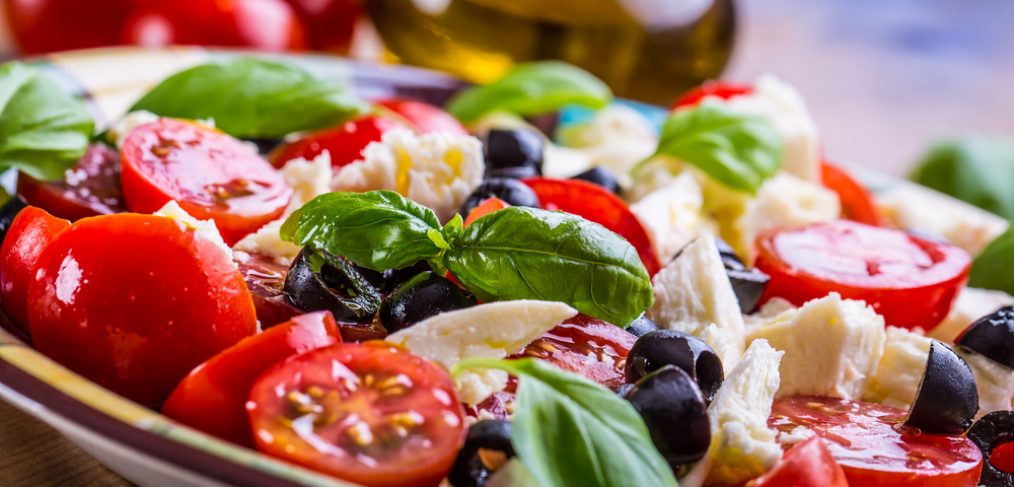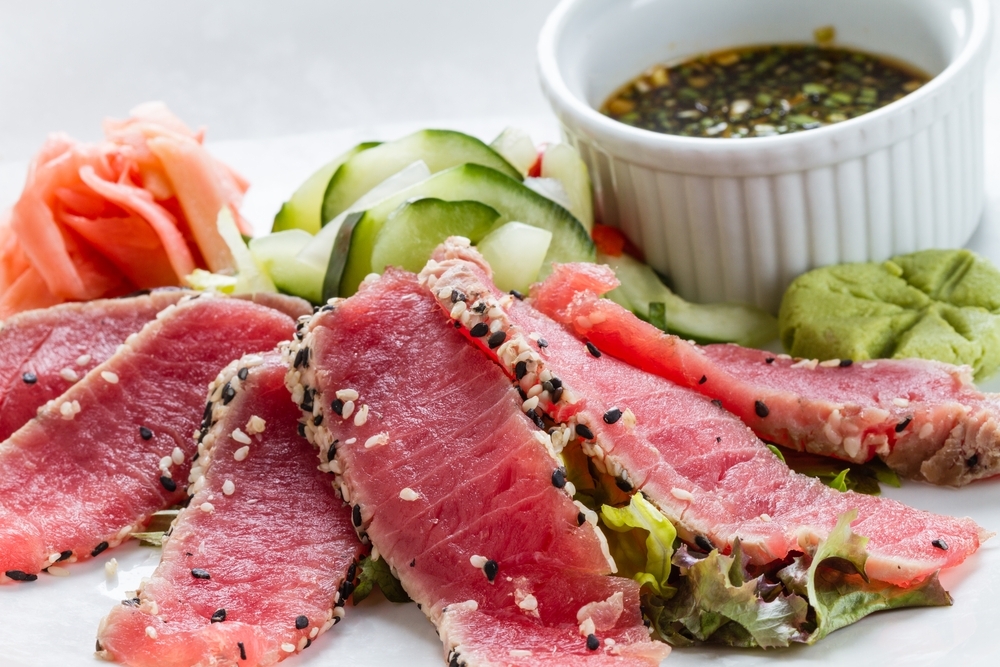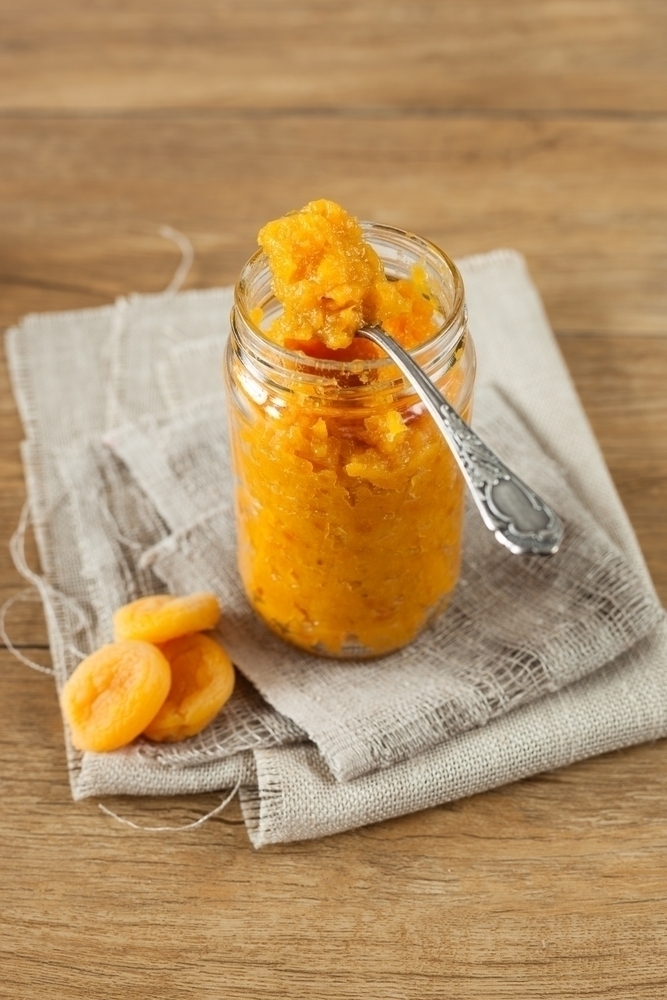Plastic surgery. It seems more and more as if “Wow, how does she/he do it?” has given way to, “Where do you get your work done? However, even with the most unlikely suspects are taking the,” If you can’t beat ’em join ’em” attitude to going under the knife,” there are still a few downsides to plastic surgery: the expense, the permanent looks of surprise, the difficulty emoting, the batches- it seems safe to say there may still be a few reasons to hesitate. However, fortunately, there are some less drastic alternatives. If you’re one of the few determined to keep it real, here are some vitamins that may help you stave off aging naturally.
Vitamin C
That morning glass of OJ may be doing more than helping your immune system. Vitamin C is also great for collagen production and protection against sun damage. You can find it primarily in bell peppers, strawberries, guava, broccoli and citrus fruits. Try to get 100mgs of vitamin C daily, and if you’re looking for the fastest way to do that, Bell peppers are your best bets. The veggies contain 280 mg of the stuff, while oranges only contain 90.
Vitamin E
Vitamin E is well known for its skin friendliness. A faithful guardian of the skin’s barrier, vitamin E protects the cell membrane, keeping harmful elements out while preventing helpful ones from leaving. It also works well with vitamin C. The two together make an excellent team for preventing UV damage. Vitamin E can be found in oatmeal, wheatgerm, nuts, seeds, and avocado.
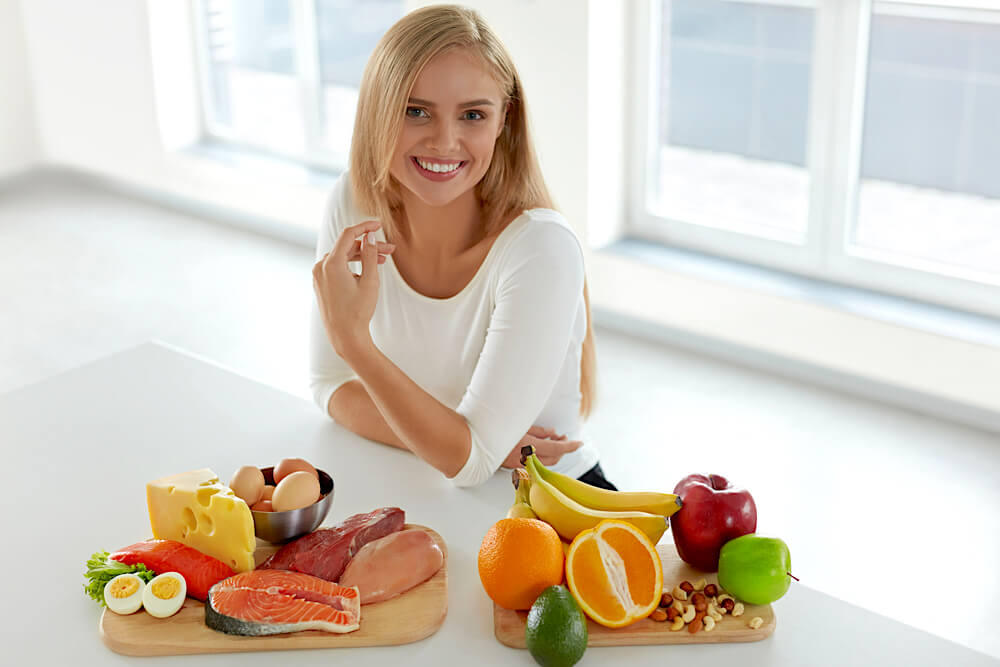
Omega -3
Omega -3 is the vitamin that redefined the word “fat” This healthy fat keeps the skin hydrated and helps strengthen the cell membrane, keeping toxins out and protecting against sun damage. Omega-3 can be found in ground flax seeds, fatty fish, and walnuts. The best way to get your Omega -3 is by eating 3 to 5 ounces of fish 3 to 5 times weekly, or if fish isn’t your thing, you can get it in a fish oil supplement, but check with your doctor first, as these supplements have been known to cause the blood to thin.
Selenium
Selenium is a vitamin that maintains skin’s integrity and elasticity while protecting it from the sun. You can get selenium is seafood, wheat germ, and eggs. While you don’t really need a set amount each day, it’s a good idea to try and get some of this food into your diet.
Polyphenols
Drink a cup of green tea a day to get your polyphenols in. They have anti-aging benefits and have been shown in studies to exhibit properties which reduce the risk of sun-related cancers.
Beta Carotene
You might know beta carotene as that stuff that makes fruit orange. It does, and it’s also found in a lot of dark green produce. Beta-carotene converts to vitamin A, which is crucial for cell repair and growth. In case you’re colorblind, or otherwise incapable of recognizing orange and green fruits and veggies, here are a few for you; carrots, cantaloupe, swiss chard, pumpkins, kale, and spinach are all teeming with beta carotene. Try and get two servings a day of one of these.
What vitamins are you taking to keep your skin healthy the natural way? Let us know!




